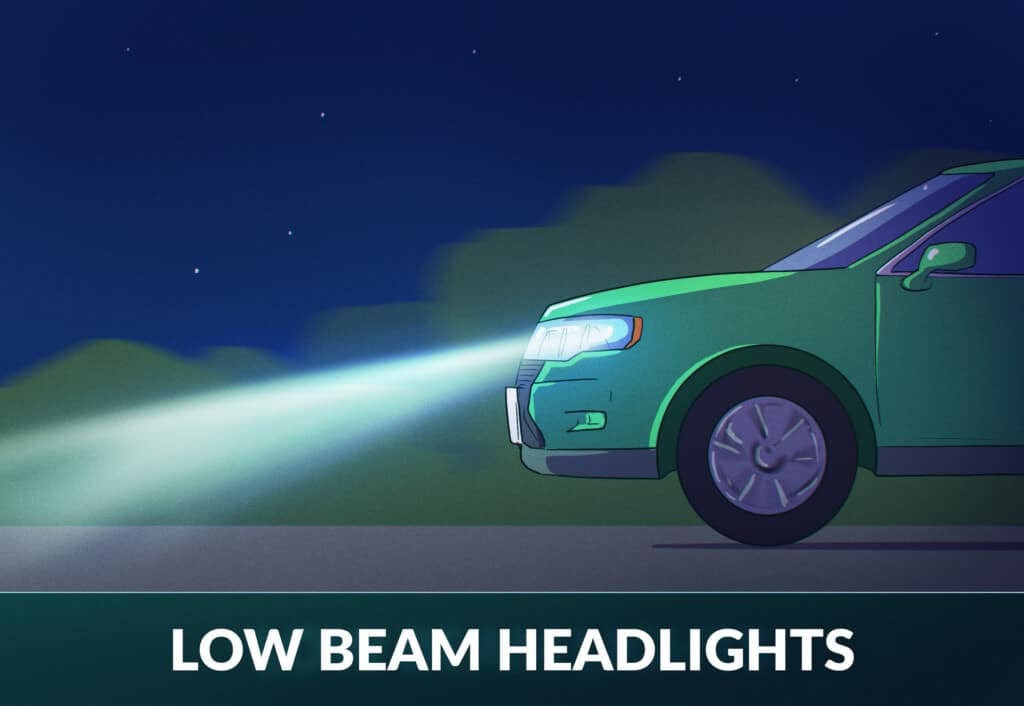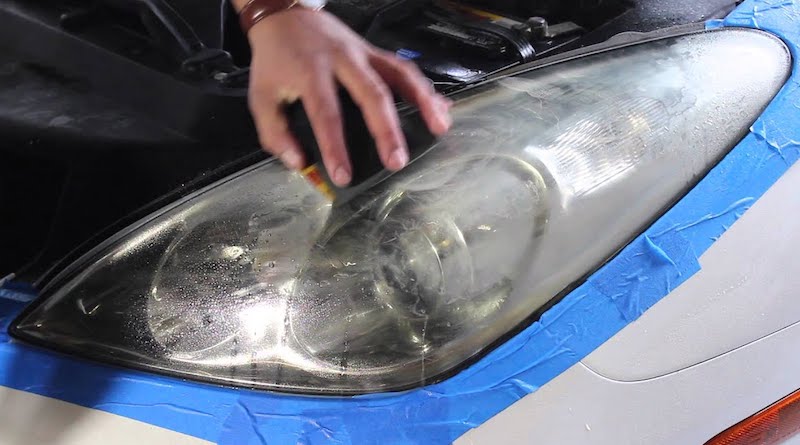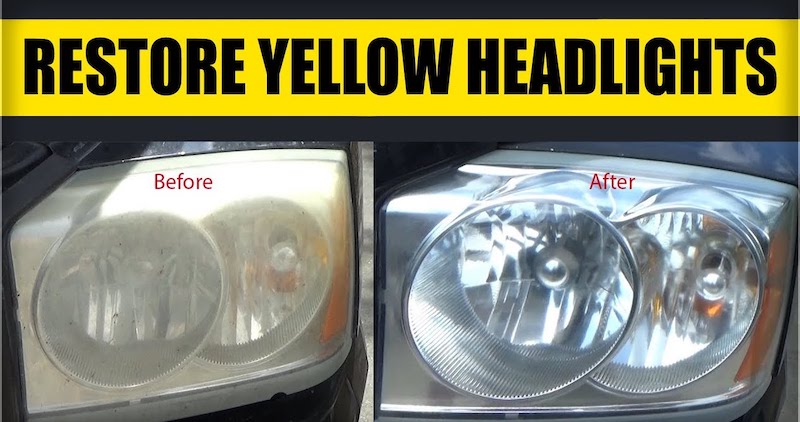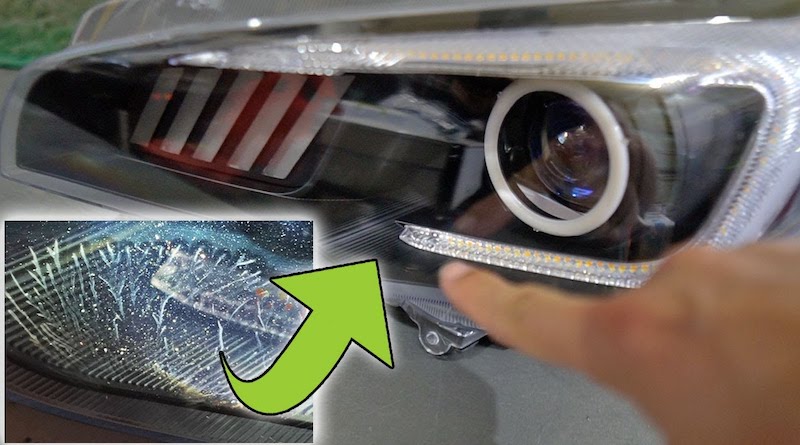Low Beam Headlights Guide

Low beam headlights are also known as dimmed or dipped beams. They are the normal lights that turn on when driving at night or in a low visibility setting. They are the most frequently used and most important lights that cars have.
Low beam headlights usually feature a short-range focus. They are best used in situations where visibility is less than 100 feet. The beam is designed to illuminate the ground and to prevent blinding oncoming traffic.
It covers a wider angler compared to a high beam. This means that it lights up more of the peripheral areas of the road rather than the distance ahead. The light also shines asymmetrically, meaning one side illuminates less to prevent dazzling other drivers.
When to use low beam headlights
In most states, there are regulations set on when to use your low beam headlights. For example, drivers in California are required to use them in low visibility weather conditions, when using the windshield wipers, and when visibility is less than 100 feet.
It is necessary to use low beam headlights in these situations:
- Between sunset and sunrise
- When driving in city streets lit by streetlights
- When coming up behind another vehicle
- In poor visibility conditions
- In twilight
- When snow, rain, or fog reduce visibility
- When you can’t see more than 100 feet
Advantages of low beam headlights
- Improves safety on the road
- Prevents dazzling oncoming traffic
- Ideal for harsh weather conditions
- Improves visibility of objects, pedestrians and other motorists
- How to turn low beam headlights on
In new cars, low beam headlights are designed to turn on automatically when you enter a low light environment. Older cars may require the driver to switch them on manually. You need to first identify your low beam headlights in order to turn them on.
The fog light, low beam, and high beam have a D-shaped symbol that represent the headlamp. What differentiates that of the low beam is that it has diagonal lines that point towards the ground.
In some cars, the symbol has lines slanting to the left. All you need to do is turn the switch until it points to the low beam symbol. This will activate the low beam headlights. You also see the same symbol appear on your dashboard to indicate that the lights are on.
Dual-Beam Headlight Systems
All cars are required to have a low beam and high beam headlight. Some cars have two separate bulbs for each while others have one bulb that functions as both. The former is referred to as single beam system while the latter is referred to as a dual beam system.
If you have a dual-beam system, you only need to buy one bulb when your lights go bad. It is important to note that these bulbs tend to be more expensive and draw more power.
Conclusion
Low beam headlights are what drivers primarily use to light up the road ahead. When you turn on your headlights, you’re usually using the low beams. High beam headlights produce more light and have limited use.
Recent Blog Posts
November 29, 2022

One of the best solutions for fixing hazy headlights is to wet sand them. While there are other ways you can clear up your oxidized headlights, few methods work as great as wet sanding. It not only cleans the plastic lens completely but also achieves permanent results.
November 29, 2022

Headlights that have turned yellow can make a car look really old. The foggy coating that covers the headlight tends to reduce the amount of light emitted on the road. This can affect the driver’s visibility and make it hard to maneuver dark roads.
November 29, 2022

There are plenty of solutions out there when it comes to cleaning the outside of your headlights. You can easily remove the yellow coating that forms on the plastic lens using a few household products.